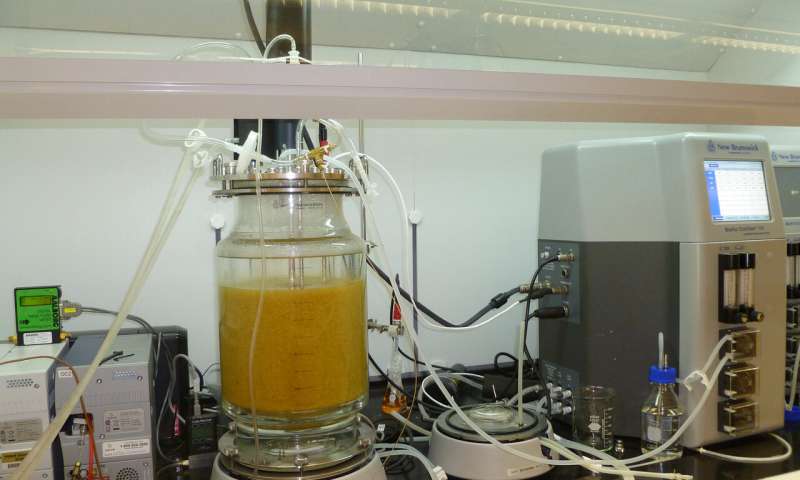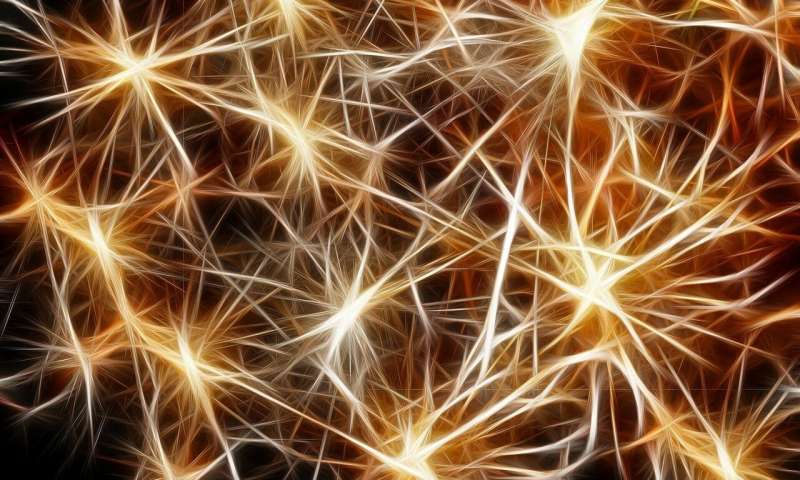
Antibiotics could be promising treatment for form of dementia (11/01/2020)
Researchers
at the University of Kentucky's College of Medicine have found that a class of
antibiotics called aminoglycosides could be a promising treatment for
frontotemporal dementia.

Unexpected twist in a quantum system (11/01/2020)
Physicists
at ETH Zurich have observed a surprising twist in a quantum system caused by the
interplay between energy dissipation and coherent quantum dynamics. To explain
it, they found a concrete analogy to mechanics.

A more efficient way to turn saltwater into drinking water (08/01/2020)
Water
scarcity is a major problem across the world. "It affects every
continent," says Amir Barati Farimani, an assistant professor of
mechanical engineering at Carnegie Mellon University. "Four billion people
live under conditions of severe water scarcity at least one month of the year.
Half a billion people live under severe water scarcity all year."

A simplified way to turn food waste into hydrogen energy (08/01/2020)
Americans
discard as much as 40 percent of their food, worth about $200 billion a year,
according to the U.S. Department of Agriculture. A simple new method from
Purdue University scientists could help cut down that amount of waste—and
provide another renewable source of clean energy.

Researchers build a particle accelerator that fits on a chip (07/01/2020)
For
the first time, scientists have created a silicon chip that can accelerate
electrons -- albeit at a fraction of the velocity of the most massive
accelerators -- using an infrared laser to deliver, in less than a hair's
width, the sort of energy boost that takes microwaves many feet.

Chemist develops a way to produce new materials for solar panels (07/01/2020)
A
chemist from RUDN University has synthesized new types of optically active
materials with the structure of the mineral perovskite. He proposed an
environmentally friendly, fast, and easily reproducible mechanochemical method,
which allows obtaining hybrid materials of high purity, promising for the
creation of solar cells. The article was published in the journal Nanoscale.

Making computers and smartphones more energy efficient with novel tiny structures (07/01/2020)
With
enhanced properties such as greater strength, lighter weight, increased
electrical conductivity and chemical reactivity, nanomaterials (NMs) are widely
used in areas like ICT, energy and medicine. For example, nanotubes, nanorods
and nanowires with different size, structure and chemical composition have been
successfully synthesised for various applications in mechanical,
electromechanical, electric and optoelectronic devices.
Improved 3D nanoprinting technique to build nanoskyscrapers (01/01/2020)
Scientists
have improved the 3D nanoprinting process that enables to build precise,
self-stacked, tall-and-narrow nanostructures. The team also used this technique
to produce transparent nanoelectrodes with high optical transmission and
controllable conductivity.
New polymer material may help batteries become self-healing, recyclable (01/01/2020)
Lithium-ion
batteries are notorious for developing internal electrical shorts that can
ignite a battery's liquid electrolytes, leading to explosions and fires.
Engineers at the University of Illinois have developed a solid polymer-based
electrolyte that can self-heal after damage -- and the material can also be
recycled without the use of harsh chemicals or high temperatures.

New methods could help researchers watch neurons compute (16/12/2019)
Since
the 1950s at least, researchers have speculated that the brain is a kind of
computer in which neurons make up complex circuits that perform untold numbers
of calculations every second. Decades later, neuroscientists know that these
brain circuits exist, yet technical limitations have kept most details of their
computations out of reach.









